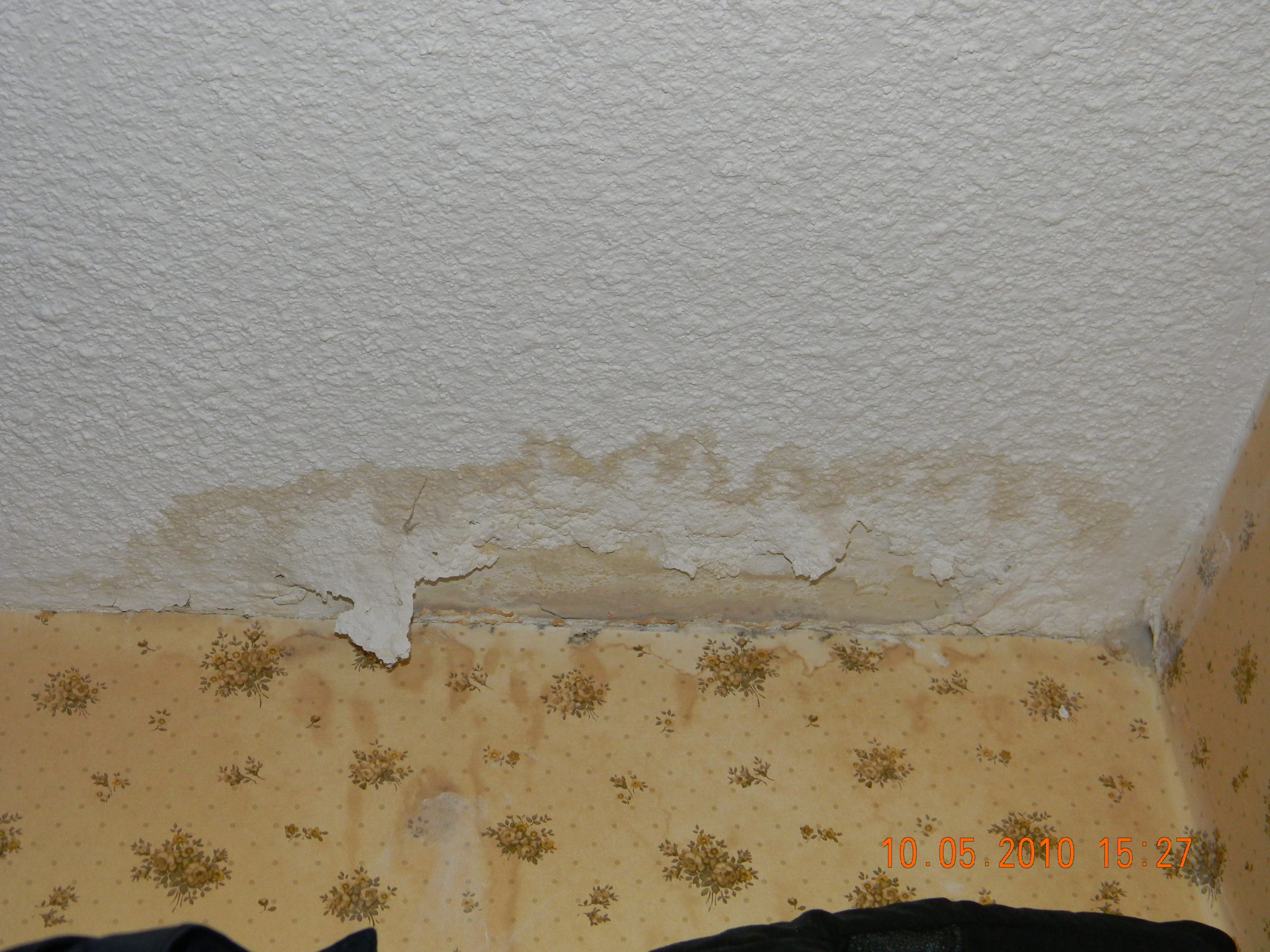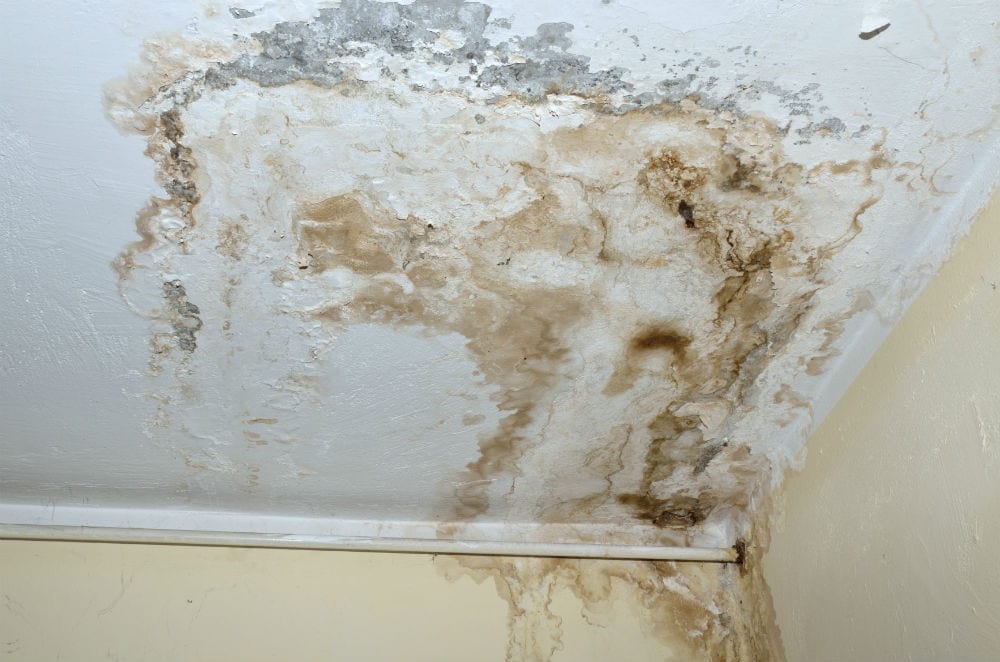Do's & Don'ts of Water Damages.
Do's & Don'ts of Water Damages.
Blog Article
We have encountered the article involving 5 Home Safety Tips To Reduce The Risk Of Fire And Water Damage listed below on the web and accepted it made good sense to talk about it with you on this site.

Water gives life, water breach on parts where it's not meant to be can result in damages. Residences with water damages smell stuffy as well as old.
Water can originate from lots of sources such as hurricanes, floodings, ruptured pipes, leaks, as well as sewer concerns. In case you experience water damages, it would be good to know some security preventative measures. Right here are a few standards on how to manage water damage.
Do Prioritize House Insurance Insurance Coverage
Water damages from flooding dues to hefty winds is seasonal. You can additionally experience an unexpected flood when a malfunctioning pipe unexpectedly bursts right into your home. It would be best to have residence insurance coverage that covers both acts of God such as natural calamities, as well as emergency situations like broken plumbing.
Don't Neglect to Switch Off Utilities
This reduces off power to your entire home, protecting against electric shocks when water comes in as it is a conductor. Don't forget to turn off the primary water line shutoff.
Do Keep Proactive and Heed Weather Condition Signals
Tornado floodings can be very unforeseeable. If there is a history of flooding in your neighborhood, stay positive as well as prepared. Listen to discharge warnings if you live near a river, lake, or creek . Get valuables from the ground floor and basement, then put them on the greatest possible degree. Doing so minimizes prospective residential property damages.
Don't Overlook the Roofing System
Before the weather transforms terrible, ensure you have a roofing examination. It would be prudent to obtain this service each year as it can mitigate complicated concerns. If there are no openings and also leakages in your roof, you can stay clear of rain damages. Your roofer will certainly additionally care for damaged gutters or any other signs of weakening. This will certainly stop water from moving down your wall surfaces and saturating your ceiling.
Do Take Note Of Small Leaks
A ruptured pipeline doesn't happen overnight. Normally, there are warnings that show you have actually compromised pipes in your house. For instance, you might observe bubbling paint, peeling wallpaper, water touches, water stains, or dripping sounds behind the wall surfaces. At some point, this pipeline will certainly rupture. Ideally, you ought to not wait for points to rise. Have your plumbing repaired before it results in enormous damage.
Do Not Panic in Case of a Burst Pipeline
Keeping your presence of mind is crucial in a time of crisis. Because it will certainly suppress you from acting quick, panicking will only intensify the issue. When it comes to water damage, timing is crucial. The longer you wait, the more damage you can expect. Therefore, if a pipeline bursts in your residence, instantly turned off your primary water valve to remove the source. Then unplug all electrical outlets in the area or turn off the circuit breaker for that part of the house. Call a credible water damage reconstruction specialist for help.
Water provides life, water invasion on components where it's not supposed to be can result in damage. Houses with water damage scent moldy as well as old.
Water damages from flooding dues to heavy winds is seasonal. You might discover bubbling paint, peeling off wallpaper, water streaks, water discolorations, or trickling sounds behind the wall surfaces. When it comes to water damage, timing is key.
Are Water Mitigation and Water Damage Restoration the Same Thing?
When are Water Mitigation Services Needed?
Water intrusion can come from small sources like a dishwasher leak or larger ones like rainwater causing inches of standing water in a basement. Other instances of damage that call for water mitigation services include:
Sewer backup, sump pump failure, or clogged toilets Toilet wax seal failure Shower pan corrosion Pipe leaks and ruptures Washer or icemaker line breaks HVAC drain line blockage A leaking roof Moisture behind walls Foundation cracks Mold Mold is a good example to illustrate how water mitigation works. We’ve often found that clients we do mold remediation services for had existing water damage issues that ended up leading to the mold damage. When performing water mitigation we look for what’s causing the water problem and for ways to stop mold before it multiplies and becomes a bigger concern.
Are You Currently Experiencing a Water Disaster?
If you’re in the middle of a water intrusion disaster, here are some important dos and don’ts to follow:
Don’ts:
Safety first! Do not enter a room with standing water until the electricity has been turned off! A regular household vacuum should never be used to pick up water. Never use electrical appliance if standing on a wet floor or carpet. Leave visible mold alone. Dos:
Call a water mitigation professional as soon as possible. Mold and other damage can begin within hours of a water intrusion. Mop and blot up as much water as possible. Remove non-attached floor coverings and mats but leave wall-to-wall carpeting removal to a pro. If there are window coverings like draperies that touch the water, loop them through a hanger and put them up on the rod. Remove wet cushions to dry and wipe down soaked furniture. Move valuables like paintings, photos, and art objects to a dry location. Books should be left tightly packed on shelves until it’s determined if they need specialized drying. Prop open closets, cabinets, and drawers to allow them to air out. https://cfrsfl.com/blog/are-water-mitigation-and-water-damage-restoration-the-same-thing/

Hopefully you liked our part on Reducing Your Risk Of Water And Fire Damage At Home. Thanks so much for finding the time to browse our article. Be sure to set aside a second to promote this blog entry if you liked it. Thanks for your time. Please check up our site back soon.
Report this page